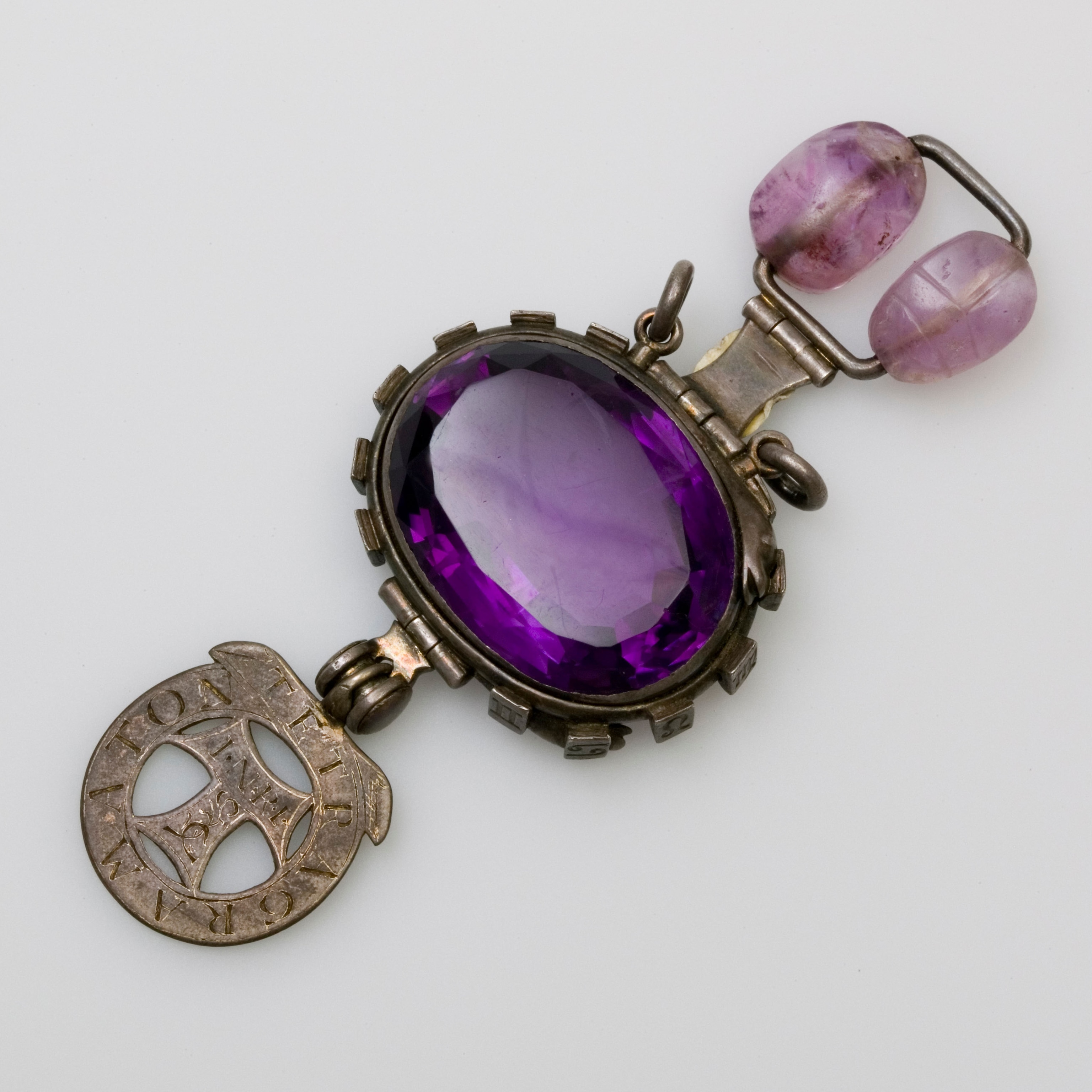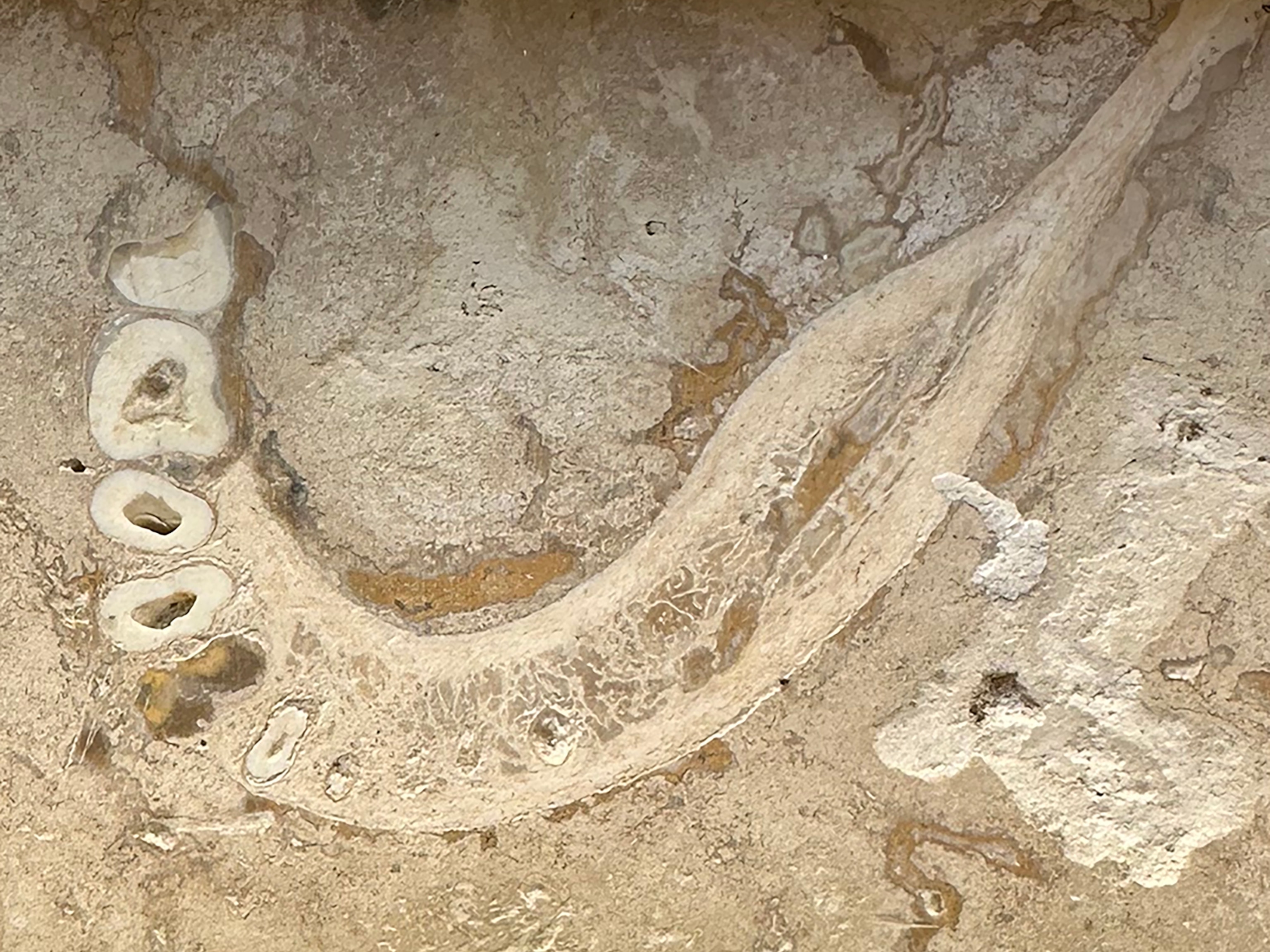
How to buy crystals that don’t harm people or the planet
Crystal mining can fuel worker exploitation and even armed conflicts, but there are steps consumers can take to make more ethical purchasing decisions.
Martina Gutfreund knew it could be hard to make a living mining crystals. Still, she was shocked to discover, on a recent trip to Namibia’s mineral-rich Erongo region, that her purchase of 250 pounds of mixed crystals—including smoky quartzes, fluorites, and hyalite opals—for just over $10,000 was two years’ worth of wages for both the mine owner and his workers.
Gutfreund, who’s based in Alberta, Canada and sells crystals on her Etsy shop SpiritNectarGems, is an outlier in the world of crystal vendors, many of whom buy their stones through wholesale dealers embedded in complex global supply chains. But Gutfreund knows if she buys directly from small-scale miners, more money is likely to stay in the local economy.
“That's my ethical code,” Gutfreund says. “But there's absolutely no code that anybody who sources crystals goes by. It's kind of a free-for-all.”
Indeed, the world of crystals is a Wild West, with no sustainability guides or ethical sourcing labels to help consumers navigate it. Mining practices range from small-scale artisanal operations where people dig rocks up with simple tools, to large industrial mines where crystals are produced as a byproduct of something else.
The social impacts of crystal mining are equally wide ranging: In some cases, it can boost the local economy; in other instances it can fuel worker exploitation and even armed conflicts.
But industry insiders say there are steps crystal enthusiasts can take if they care about how their stones were sourced, from finding trustworthy sellers to digging crystals out of the ground themselves.
Environmental impacts
Crystal is a broad term used to describe the thousands of inorganic minerals whose atoms arrange themselves in an orderly, repeating pattern. As with other forms of mining, digging them up has both environmental and human impacts that vary by region and on the type of mineral being mined.
In general, experts say that crystal mining isn’t as environmentally destructive as mining for metals like gold or copper. While commercial metal mines often span hundreds of acres and can stretch hundreds of feet below ground, crystal mines tend to be small by comparison. James Zigras, who heads up Avant Mining, the largest quartz crystal producer in the U.S., says that his biggest mines are one to two acres in size and that his deepest is “maybe 120 feet.”
The methods used to mine crystals also tend to be gentler than those used in metals mining—think shovels and chisels instead of dynamite—because the goal is to recover intact specimens. And while many metals must be refined using harsh chemicals and processes that generate air and water pollution, crystals are often just washed with water or oxalic acid.
“The chemical impacts that come from mining are less likely in gemstone mining,” says Estelle Levin-Nally, founder and CEO of the sustainable mineral consultancy Levin Sources.
However, miners must strip away vegetation to dig up crystals, and this habitat destruction can harm local biodiversity. Clearing land for mineral mining, Levin-Nally says, can also generate dust pollution that creates health and safety hazards for workers, or pollutes local waterways. And in some instances, crystals are unearthed from more toxic forms of mining, such as when large copper mines produce specimens of the green banded mineral malachite or when the brilliant red-to-orange mineral wulfenite crops up during lead mining.
Human rights concerns
Many of the harmful social impacts documented in other mining sectors like gold and diamonds—from hazardous working conditions to child labor—can occur in crystal mining too, especially in poorer countries producing large quantities of stones for mass consumption, like Madagascar.
Several mineral supply chains have even helped finance repressive military regimes or terrorist groups, like jade and rubies from Burma and lapis lazuli from Afghanistan.
You can be quite certain that at the bottom of the barrel of that supply chain, someone is making next to nothingMartina Gutfreund, crystal vendor
The more widespread concern, industry insiders say, is whether mining communities are getting their fair share of the profits from what has become a billion-dollar business championed by celebrities and wellness influencers who promote crystals for spiritual well-being.
Rob Lavinsky, founder of the fine mineral dealership The Arkenstone, where specimens often sell for thousands of dollars, says that the rising value of collector’s quality crystals is helping to “flow a lot more money into these local communities” that mine them. But the benefits for those mining rose quartz trinkets that sell on Ebay for a few dollars are likely far smaller.
“You can be quite certain that at the bottom of the barrel of that supply chain, someone is making next to nothing,” Gutfreund says.
Would-be buyers won’t find any crystal vendors brandishing a sustainability label like Fair Trade. Facing little pressure from regulators or its consumer base, the industry simply hasn’t taken it upon itself to organize such schemes. But those seeking to purchase crystals with a lighter impact can still follow some rules-of-thumb.
Mindful crystal collecting
Finding a seller who can tell you exactly where their crystals were mined is a first step, Gutfreund says. If the shop owner doesn’t know, or can only say that their amethyst comes from Brazil—one of the world’s top producers—that’s a red flag. Levin-Nally says she’d focus on finding local crystals that took a shorter journey to reach her. In the U.S., buying local also helps ensure the crystals were mined in a comparably strict regulatory environment.
(Is your favorite "green" product as eco-friendly as it claims to be? Learn how to spot greenwashing.)
Learning what various minerals typically sell for in order to spot suspiciously good deals can also help consumers avoid supporting exploitative mines—or accidentally purchasing fake crystals. But even those who don’t have much to spend can start to develop a low-impact crystal collection by visiting a pay-to-dig mine, like Southern California's Himalaya tourmaline mine, or by joining a local rock club to learn the basics of rockhounding.
At a larger scale, Levin-Nally says there are ethical frameworks the crystal industry could implement to create responsible supply chains and support artisanal mining that benefits local communities. Companies that take the lead might even find new customers.
“Many of the people that consume crystals are people that care about energy,” Levin-Nally says. “They care about karma; they care about other people. And it is so logical that there should be a specialist market for them to access ethical products that align with their values.”
Related Topics
You May Also Like
Go Further
Animals
- Orangutan seen using plants to heal wound for first timeOrangutan seen using plants to heal wound for first time
- What La Palma's 'lava tubes' tell us about life on other planetsWhat La Palma's 'lava tubes' tell us about life on other planets
- This fungus turns cicadas into zombies who procreate—then dieThis fungus turns cicadas into zombies who procreate—then die
- How can we protect grizzlies from their biggest threat—trains?How can we protect grizzlies from their biggest threat—trains?
Environment
- What La Palma's 'lava tubes' tell us about life on other planetsWhat La Palma's 'lava tubes' tell us about life on other planets
- How fungi form ‘fairy rings’ and inspire superstitionsHow fungi form ‘fairy rings’ and inspire superstitions
- Your favorite foods may not taste the same in the future. Here's why.Your favorite foods may not taste the same in the future. Here's why.
- Are the Great Lakes the key to solving America’s emissions conundrum?Are the Great Lakes the key to solving America’s emissions conundrum?
- The world’s historic sites face climate change. Can Petra lead the way?The world’s historic sites face climate change. Can Petra lead the way?
History & Culture
- Meet the ruthless king who unified the Kingdom of Hawai'iMeet the ruthless king who unified the Kingdom of Hawai'i
- Hawaii's Lei Day is about so much more than flowersHawaii's Lei Day is about so much more than flowers
- When treasure hunters find artifacts, who gets to keep them?When treasure hunters find artifacts, who gets to keep them?
Science
- Why ovaries are so crucial to women’s health and longevityWhy ovaries are so crucial to women’s health and longevity
- Orangutan seen using plants to heal wound for first timeOrangutan seen using plants to heal wound for first time
Travel
- Is it possible to climb Mount Everest responsibly?Is it possible to climb Mount Everest responsibly?
- 5 of Uganda’s most magnificent national parks
- Paid Content
5 of Uganda’s most magnificent national parks - On this Croatian peninsula, traditions are securing locals' futuresOn this Croatian peninsula, traditions are securing locals' futures







